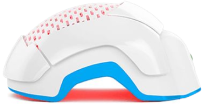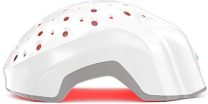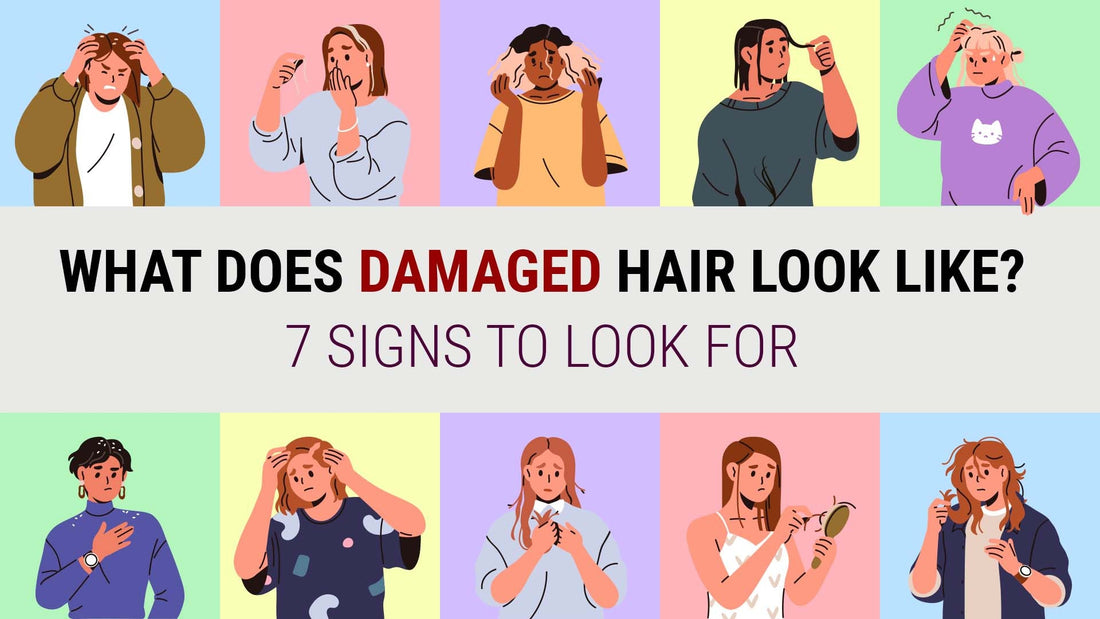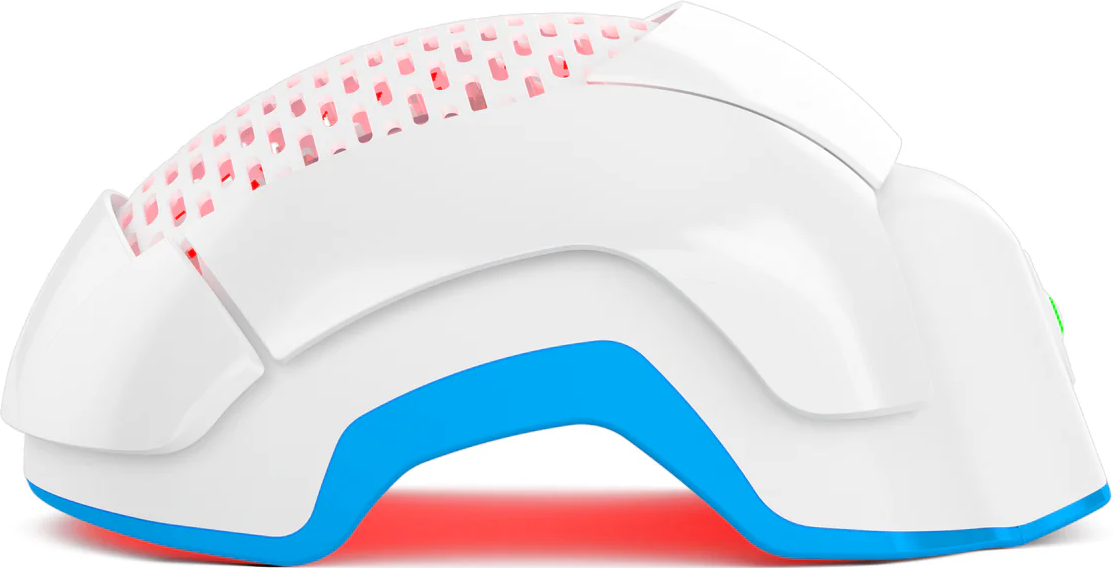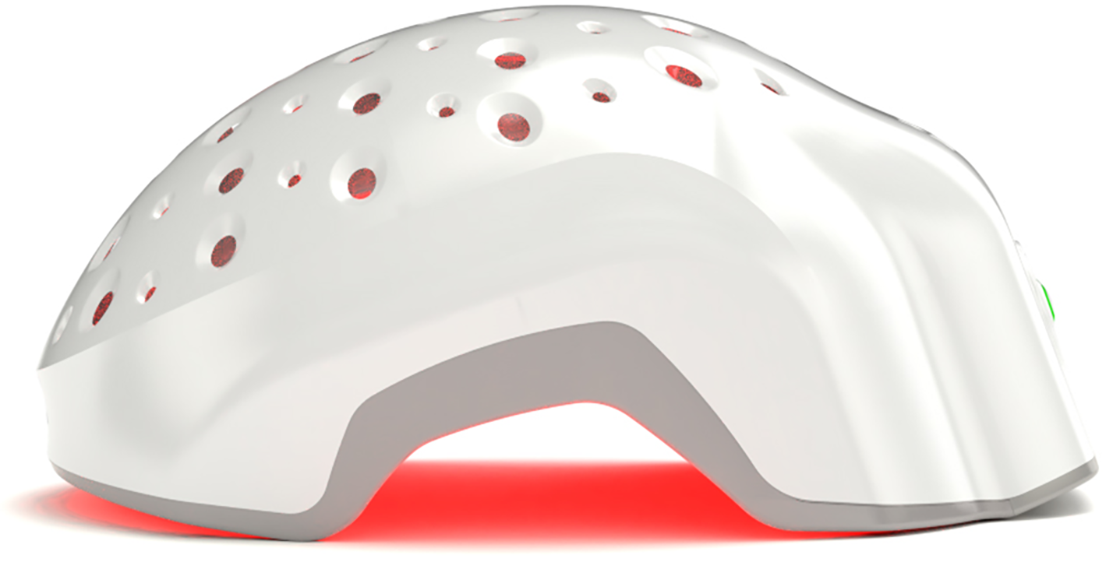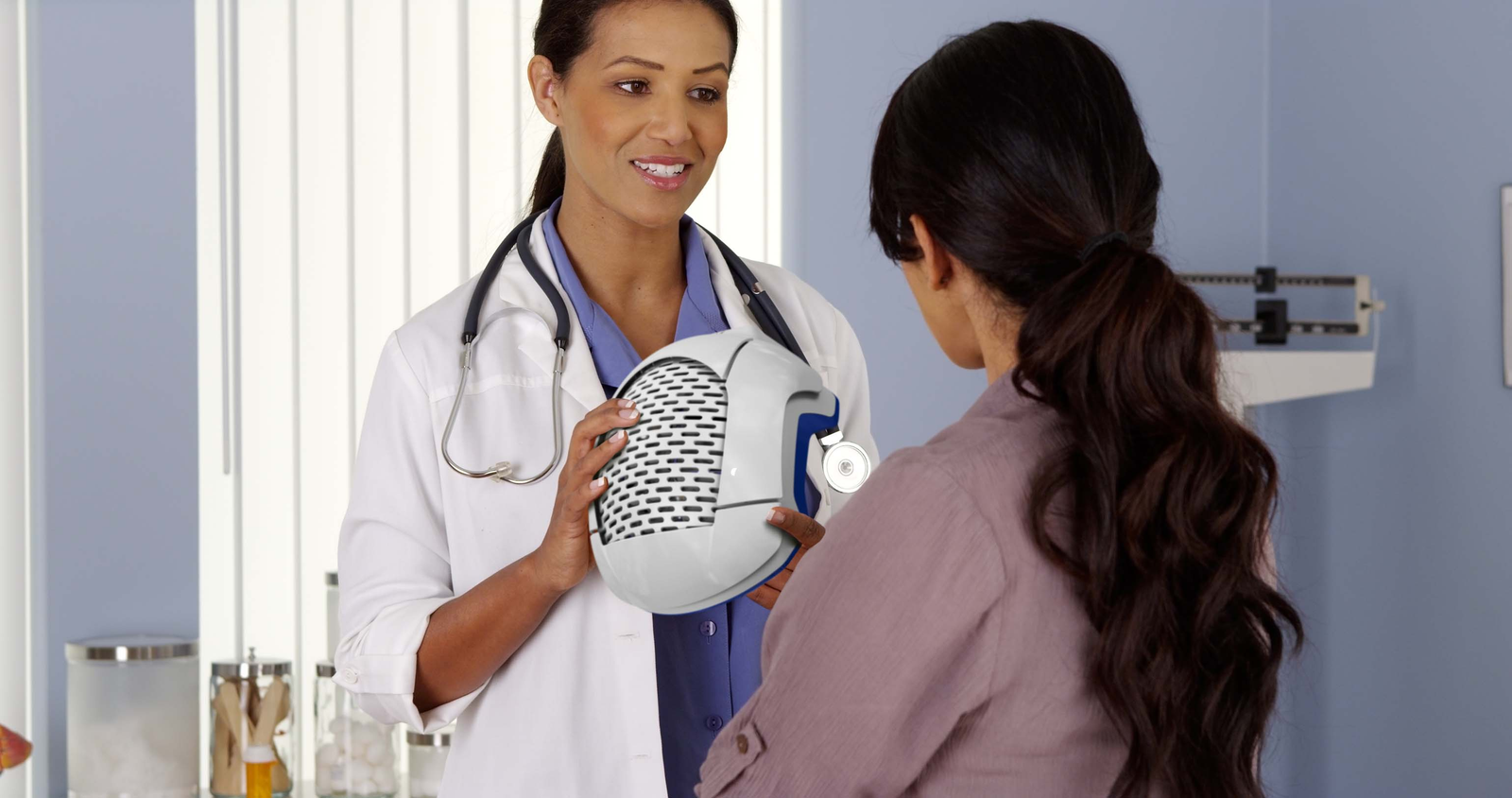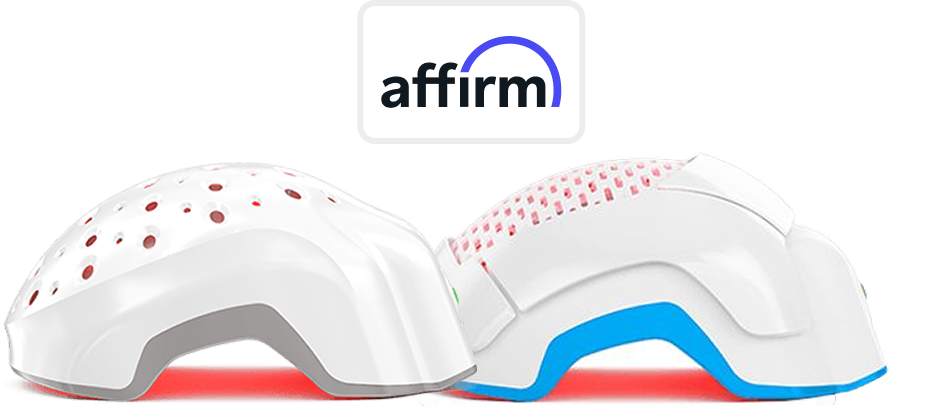Dead or damaged hair is a problem that many people, including both women and men, don’t even realize they have. Although you strive for healthy hair, some of your everyday styling habits like heat styling, aggressive brushing, UV exposure, hard water and harsh chemicals could be causing your hair to look dead or damaged, ultimately leading to hair loss or baldness.
But what does dead or damaged hair look like? The signs aren’t always obvious, and damage can appear in different ways, from over-shedding due to hair breakage to dullness and brassiness.
While you can't fix the dead hair, you can definitely prevent further damage to other hair strands and improve the overall health of your hair. Understanding those signs is the first step to giving your hair the care it needs.
In this article, we’ll discuss how to know if your hair is dead or damaged and how to prevent or treat it so that you can get healthy and lively hair.
What is Dead or Damaged Hair?
All visible hair is technically “dead,” but when trichologists talk about dead hair, they’re not talking about biology; they’re talking about damage beyond repair. Dead hair isn’t just dry or dull, it’s fried. It no longer stretches, reflects light, or responds to care.
The hair cuticle acts as a protective shield for the inner cortex. When hair is dead or damaged, this cuticle weakens, cracks, or even wears away in particular areas, leaving the inner structure exposed to the environmental stressors.
This breakdown in the cuticle affects the hair’s ability to retain moisture, strength, and overall health. At that point, no oil, serum, or conditioning mask is going to “revive” it because the structure holding everything together has already broken down.
The main difference between dead hair and healthy hair is that healthy hair still responds. It holds moisture, bends without breaking, and keeps cuticles sealed. Dead hair has none of that. However, you can follow some hair care tips to prevent further damage to your hair and prevent potential baldness.
How to Know If Your Hair Is Damaged?
If you have dead or damaged hair, you will find the signs by examining closely. No matter your hair type—straight, wavy, or curly—specific signs can indicate damage. Here are the seven most common signs of hair damage:

1. Dryness
If your hair constantly feels dry, damage to the cuticle layer may be preventing it from holding onto moisture. When the cuticle is compromised, hydration escapes easily, leaving hair brittle and difficult to manage. This is known as high porosity.
2. Split ends
Healthy hair is flexible and retains moisture, but when it becomes dry and brittle, the ends can fray or split apart. Split ends occur when the hair shaft weakens, making the tips more prone to breaking.
3. Rough texture
Damaged hair often feels rough or frizzy, especially toward the mid-lengths and ends, where the cuticle is most exposed to damage. When the protective layer is missing or inconsistent, hair might feel thinner and more fragile.
4. Breakage
Hair that snaps easily is a clear sign of weakened bonds. Hair breakage occurs anywhere along the strand due to loss of strength. To test for breakage, gently pull a strand of hair—healthy hair should have some elasticity, while damaged hair will break with little tension.
5. Excessive tangles and knots
A compromised cuticle causes hair strands to catch on each other, leading to frequent tangles. Although some knots are normal, you shouldn’t have to spend more than a few minutes detangling your hair.
6. Dullness
Shiny hair reflects light owing to a smooth, intact cuticle. If your hair looks dull, brassy or lifeless, it might be because the cuticle is raised or uneven, preventing light from bouncing off the surface.
7. Increased hair shedding and loss
Noticing more hair in your brush or shower drain? Damaged hair is more prone to shedding due to weakened bonds within each strand.
What causes damaged hair?
Understanding what causes dead or damaged hair is the first step to prevent it from happening again. By identifying the underlying factors that might be causing your hair to become weak, brittle, or dull, you can take further steps to protect your strands and prevent hair loss.
Here are some of the most common causes of hair damage:
-
Chemical treatments: Hair dye, bleach, perms, and relaxers weaken the hair structure, making it more prone to breakage.
-
Heat styling: Frequent use of heat styling like straighteners, curling irons, and blow dryers can strip hair of moisture, resulting in dryness and split ends.
-
Environmental stressors: UV rays from the sun and air pollution can degrade hair proteins and fade color.
-
Hormonal imbalances: Changes in hormone levels can affect hair health, leading to dryness, thinning, or excessive shedding.
-
Hard water: Minerals in hard water leave behind residue which weighs hair down and makes it more prone to breakage.
-
Chlorine exposure: Swimming in chlorinated pools can strip hair of natural oils, leaving it dry and brittle.
-
Poor nutrition and dehydration: A lack of essential nutrients and inadequate water intake can weaken hair, making it dull and fragile.
-
Friction and tension: Tight hairstyles, rough towel-drying, and even certain pillowcases can cause tangling, knotting, and frizz.
-
Brushing mistakes: Brushing wet hair or over-brushing can overstretch and damage hair strands.
Can damaged hair be repaired?
Hair is composed of dead keratin cells, which can't heal themselves like living cells. Once your hair is damaged, it can’t be fully repaired. Its protein bonds and cuticle structure are permanently altered. However, you can minimize the damage by following a healthy hair care routine and make your hair look better and lively.
How To Manage Dead or Damaged Hair?
Here are some of the ways to manage dead or damaged hair, and get healthy-looking hair.
-
Get regular trims: Removing split ends prevents further breakage and keeps hair looking healthier.
-
Wash with lukewarm water: Hot water strips hair of natural oils, resulting in dryness.
-
Use deep conditioning treatments: Regular deep conditioning helps restore moisture and enhance hair texture, depending on your hair porosity.
-
Apply leave-in conditioner or hair masks: These provide extra hydration and help protect against damage.
-
Limit heat styling and use heat protectant: Reduce the use of curling irons, straighteners, and blow dryers, and always apply a heat protectant to prevent heat damage when styling.
-
Choose gentle shampoos: Avoid shampoos with harsh sulfates, parabens, and alcohols which can dry out and weaken hair.
-
Air dry whenever possible: Rubbing hair with a towel can cause frizz and breakage. Instead, gently pat hair dry with a microfiber towel or t-shirt.
-
Be gentle with wet hair: Avoid brushing or going to bed with wet hair, and opt for a satin or silk pillowcase to reduce friction.
-
Try laser phototherapy: Low-level laser therapy (LLLT) helps stimulate hair follicles and improves hair health over time.
Treat damaged hair at home with Theradome
While LLLT can’t reverse existing hair damage, it extends the hair growth cycle, helping to promote thicker, healthier regrowth. Clinically proven to stop hair loss and stimulate new growth, LLLT is a safe, painless, and non-invasive FDA-cleared solution with no known side effects and has been used safely for hair growth for years.
Unlike other treatments, Theradome hair growth helmet has a 98% customer satisfaction rate, making it a trusted, long-term approach to hair restoration. With a one-time investment of under $1,000—plus flexible financing options—Theradome provides an affordable alternative to costly ongoing treatments. Theradome is built to last for a lifetime of use.
The Theradome PRO LH80 is designed to deliver consistent, full-scalp treatment, covering 582 cm² with optimal therapeutic energy. In just two 20-minute sessions per week, it provides the ideal dose of 7 J/cm², stimulating hair follicles to encourage stronger, fuller hair growth. Take the first step toward revitalizing your hair with Theradome today.


